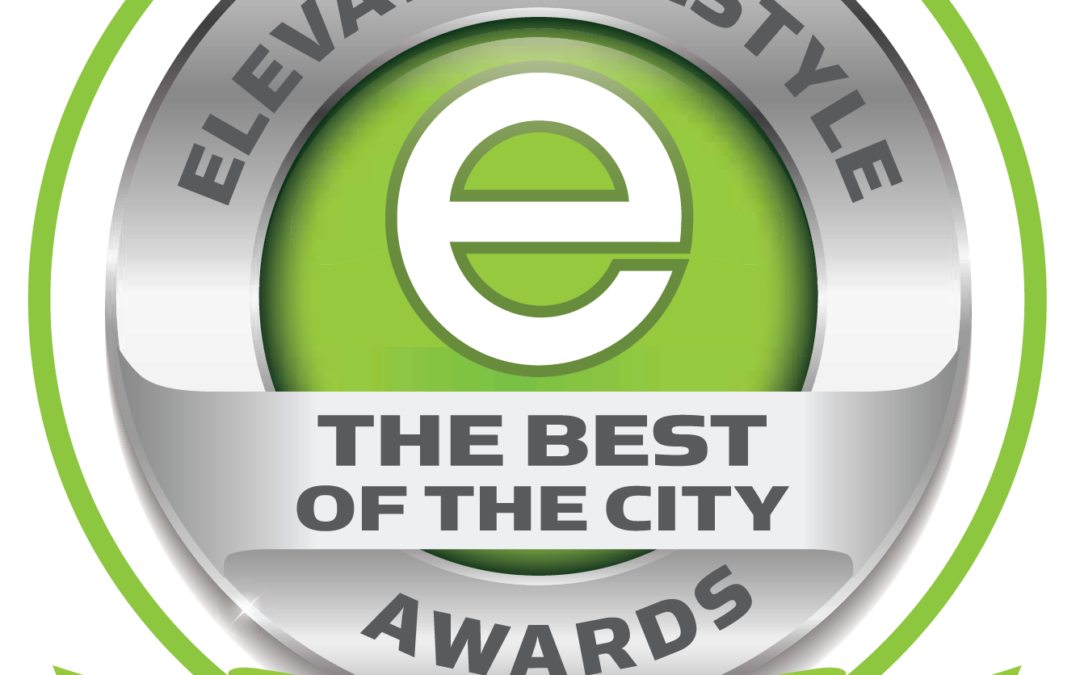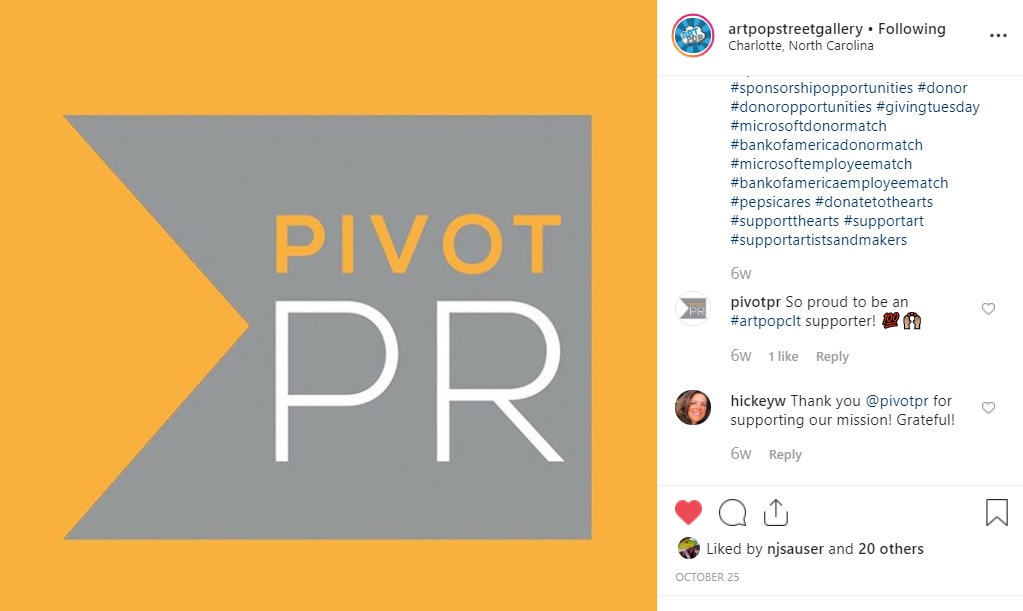
Blog
When it comes to reaching a diverse group of audiences, few forums offer the universal appeal and built-in advertising command of college sports. Historically, talented athletes lending star power to the collective $1 billion industry have been barred from financially benefiting from NCAA team participation. That all changed a few weeks ago – and it could soon mean big opportunities for your company’s PR campaigns.
Following decades of pressure and questions surrounding if and how to compensate college athletes, the NCAA Board of Governors voted to allow athletes to be paid for the use of their names, images, and likenesses. While they still can’t collect a paycheck from the collegiate institution they play for, the ruling unleashes boundless opportunities for college athletes to cash in. And you better bet these transactions will be mutually beneficial: Organizations ready to partner with college athletes in this new capacity are poised to tap into a publicity gold mine.
This ruling frees individuals and companies to leverage the platform of these household names, and the outcomes will have a game-changing effect on business objectives. Most significantly, such a partnership offers companies an instant credibility factor that they might have struggled to achieve through previous PR tactics. Now, anything is possible. From a local perspective, partnering with the most recognizable athletes from your region on event appearances, promotions, or marketing initiatives quickly cements your brand with that of the athlete’s – which is already a “winning” one in the customer’s mind.
Companies of all sizes should think seriously about how utilizing a college athlete’s name, image, and likeness might enhance their current PR and marketing plans. We recommend starting by working with multiple athletes over an initial period of time, identifying which campaigns best align with your target audiences. From there, long-term partnerships might make sense to explore as a significant piece of your annual PR plan. No matter what route you consider, PIVOT PR would love to help you create a strategy that fits your unique needs – and is a slam dunk with your customers.

Blog
In this unprecedented time, businesses are feeling the effects of the Coronavirus in different ways. For some, the pandemic means new safety standards are needed to remain in operation; for others, downstream impacts from halted supply chains, emergency budget cuts to services deemed non-essential, or closures/restrictions to storefront traffic mean layoffs are inevitable.
Regardless of the level of impact, all businesses are taking these challenges day by day. As your business navigates the unknown, here are some tips for communicating with stakeholders amid the COVID-19 era:
- Designate one forum for the latest updates – We recommend one blog post that is updated with all things Coronavirus-related as needed throughout the lifecycle of this crisis. Share this out with your distribution channels and communicate that this is the point of reference going forward. Include links to “read more” in social media posts.
- Communicate major changes to internal audiences first – You always want to prevent employees/sales team members from learning big news on social or traditional media.
- Keep it simple – Don’t share speculation or entertain rumors associated with conversations still in progress until strategic direction on the matter is determined. Decide what’s ready and approved to share out, even if information is limited, and organize those thoughts into succinct messages. In this unprecedented time, every word can hold weight, for good or bad.
- Personalize the delivery – Notes from top executives/leaders make an impact. Keeping the tone approachable and candid reinforces brand trustworthiness and credibility of the message.
- Quality over Quantity: Don’t overdo it – Audiences are experiencing email/social media overload now and in the weeks/months to come; be thoughtful and selective about what you share. Reserve re-posts from other brands for the most pertinent information only.
- Communicate major changes to the media in an official capacity – Engage PR partners like PIVOT to prepare press releases or media statements regarding substantial changes to organizational, safety, supply chain, and other related aspects of the business.
- Develop a best practices one-pager for all teams, if not already – This can include a quick snapshot of updated policies, expected manufacturing lead times on products, safety standards for those still working in shared spaces, etc. Imagine this as something “tacked to everyone’s desks”.
- Make points-of-contact clear to internal and external stakeholders – This might be a section that lives on the blog post. Allocate one point of contact for Coronavirus-related inquiries, with name/email/phone number, to every major department in the organization.
Just like you, PIVOT PR is staying on top of developing news and best practices surrounding this crisis. Stay tuned to our blog for more insights in the weeks to come.

Blog
For the thirteenth year in a row, Elevate Lifestyle has given its subscribers a voice and a way to honor the top businesses, places and people in Charlotte through The Elevate Lifestyle “The Best Of The City” Awards. PIVOT PR was honored to receive the “Best Public Relations Firm” for 2020.

Blog
The media pitch is an essential medium within the public relations (PR) industry. A successful pitch can benefit any PR agency and the organizations they are working for. However, developing a pitch that sticks is no easy task. Because pitching is about building relationships, bringing consistent, relevant, timely information to your target journalist makes all the difference.
Here are some dos and don’ts to consider when pitching your next press release to the media:
Do:
- Remember: Quality over quantity. Keeping your message concise, with the most important information available first, will help journalists absorb and assess information more efficiently. Reports show the average reporter or editor spends just 5 seconds reading a news release – so keep your pitch, and corresponding press release, as succinct as possible. When it comes to engaging with the reporter, focus on anticipating their questions with quick, verified answers at the ready, and always offer an additional spokesperson or subject-matter expert for further discussion in an interview.
- Edit and keep editing. When it comes to writing both a pitch and press release, it never hurts to have multiple sets of eyes reviewing before you hit ‘send’. Even the shortest emails can be easy to flub! Checking for grammar, spelling, and accuracy is an easy way to safeguard against a missed opportunity to get your story covered.
- Make it personal. The last thing that any journalist wants in their inbox is another mass-generated email. Although this is a quick and easy way to distribute release information, it can lack the impact that a personal ‘note’ would bring. Take the extra time to personally share your information to the journalists you know by name, and with whom you have a working relationship with first. Where available, reference a commonality or anecdote referencing your personal or professional connection in the intro of your email.
Don’t:
- Choose the wrong audience. Knowing the audience your release is directed toward is a guiding principle of every press outreach strategy. Not every writer is going to find your release to be in line with their interest and knowledge. Spend some time figuring out who will consider telling your story by knowing what subjects they often cover.
- Release at the wrong time. Timing is everything when it comes to distributing your press release. Sending it out on a Friday or close to a holiday significantly lowers the prospect of coverage. And, journalists are often overwhelmed with a barrage of emails on Mondays. So stick to the middle of the week: According to research, Tuesdays, Wednesdays, and Thursdays are the best days to send press releases.
- Forget to do your research. Especially for news announcing a new product or initiative, sourcing is crucial. Omitting opportunities to hyperlink, fact-check, or provide counter-points ahead of anticipated questions leaves the journalist wanting more – and they don’t have time to do the work for you. Credibility is everything!

Blog
The Holidays are almost here. For many organizations, this time of year brings a sense of urgency to convert followers to customers, close deals, and meet yearly financial goals via the holiday spending surge.
But with consumers expecting more from the brands they buy from, it’s increasingly important for companies to be generous – and project that generosity to audiences in an authentic way. In this season of giving, here are 4 ways brands can leverage their platforms to give back:
- Let your consumers inspire you. Don’t know where to start? The beauty of two-way, digital platforms like those on social media is that they’re an open field for feedback. Of course, it’s a double-edged sword, and the feedback isn’t always worth highlighting; but generally, followers are more open to feel-good engagement this time of year. One way to spark their interest might be to ask in a post how they enjoy giving back to their community; select your favorite responses, feature them, and reward those responders in some other way besides the feature. Voila! Easiest content generator ever – and you just might inspire a good deed or two in the process.
- Tell stories from the inside out. There’s a reason storytelling campaigns inspire audiences to act. Seeing real people share their real perspectives offers followers a glimpse into something audiences can relate to or empathize with – and for brands, that human perspective can build trust and affinity among audiences, taking them from followers to consumers. Companies should leverage this feel-good time of year to tell the untold stories about the everyday heroes they know best: their employees. Seek out internal input on who to feature from your team members and then let communications teams work their magic by crafting a thoughtful portrait of each chosen employee. Your work family will love it, and your audiences will, too.
- Work towards a giving goal together. Determine a cause or initiative you’d like to raise money or resources for by the end of the year, and load your digital channels up with tools that empower audiences to help reach your goal. Kick off the campaign sometime before Thanksgiving with a big splash announcement to followers, inciting them to share about it on their own channels, and consider an in-kind incentive for those who contribute toward the cause. Ideally, you’ll support a cause that’s linked to a follower base of its own, which presents mutually beneficial, ripe opportunities to cross-promote and glean followers via the campaign. Keep the campaign love going through the beginning of the New Year and, if able, couple your digital tools with community relations or service-oriented events hosted by your organization. Bonus: Media has an extra appetite for these types of events this time of year, so you might get some coverage out of it. Everyone wins!
- Give the gift of better, best practices. Use the last month of the year to announce one or more best practices you plan to implement in the New Year. This can be anything from being more sustainable, to donating a certain percentage of profits on a particular item, to offering employees paid volunteer hours as part of their benefits package. Whatever the announcement, use the timing of the holiday season to be as loud and proud about this as you would any other business-related win or achievement. When you’re happy to give back, your audiences will be happy to keep on coming back to you.
Show us some holiday season love by following along with our PIVOT PR team! Find us on Instagram and keep up with our blogs throughout the holidays and beyond.




